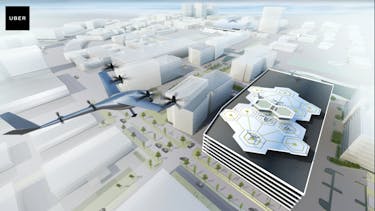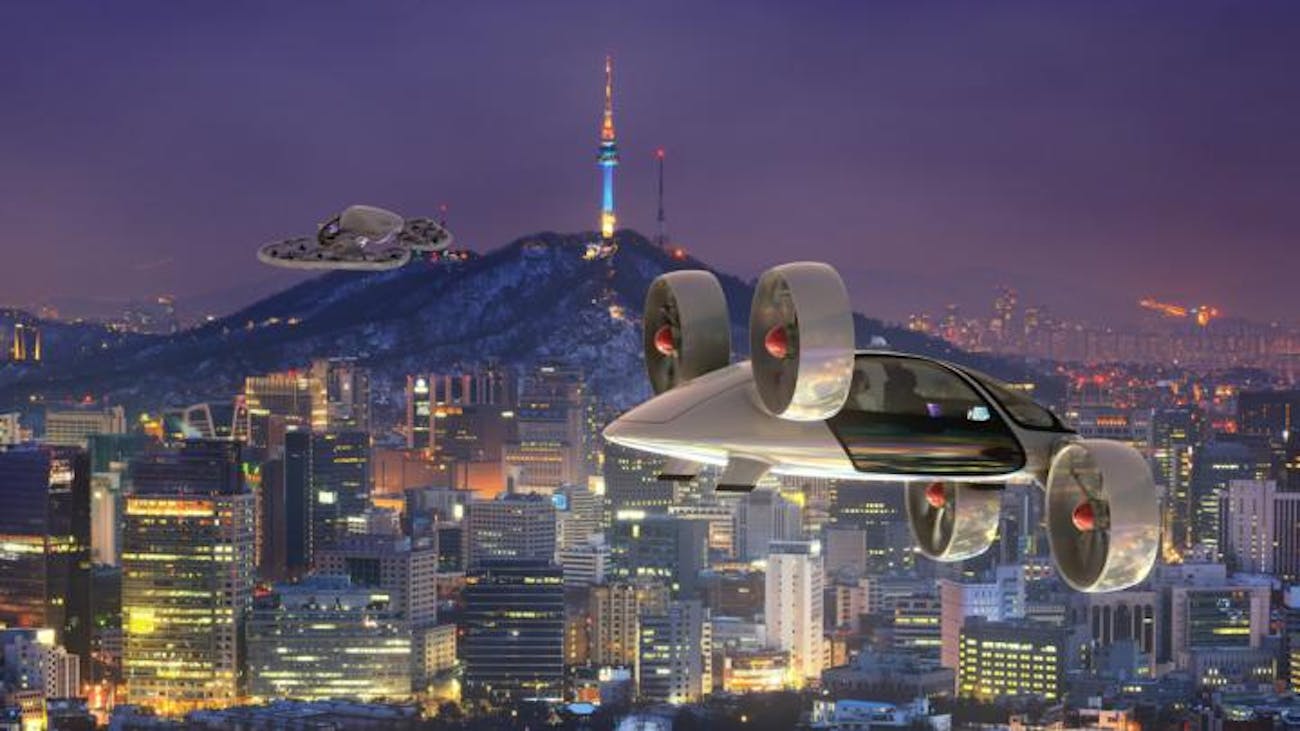
Few emerging technologies capture that mid-1950s sci-fi vibe as much as air taxis. But while sceptics still remain, including noted 50s sci-fi enthusiast Elon Musk flying taxi concepts are taking off left and right. Most recently, the aerospace giant Boeing released footage from the first successful test flight of their new air taxi. Hold on to your butts, it’s gonna be a self-piloted, under-regulated ride. And it might be here sooner than you’d think. In a video released yesterday, Boeing revealed that their autonomous “Passenger Air Vehicle” (PAV), an air taxi prototype, had successfully completed a controlled takeoff, hover and landing at their testing facilities in Manassas, Virginia on Tuesday. The test marked the arrival of the latest competitor in the race to perfect a scalable air taxi model. As you can see in the above video, the Boeing Air Taxi’s first flight was brief, but it still offers the potential to be ground-breaking.

There’s a big reason why the idea gets so much investment, despite also being something of a parody at times (what, really, differs a flying car or taxi from, say, a small plane?) But the fact is, getting around cities is a problem that’s already bad, and it’s set to get much, much worse in the coming century. It’s little wonder, then, that the concept of short-distance air travel generates so much excitement. The urban population boom is also just getting started. Current estimates suggest 68 per cent of us will reside in cities by 2050, and those cities are going to be big. By 2100, there will be at least 10 cities that are roughly twice the size of the world’s largest city now, Shanghai. Nigeria’s Lagos is projected to hit 88.3 million residents by 2100. And you’re worried about a few falling car parts? and spurred on by promises from Uber that air taxis will grace the skies by 2020, government officials, scientists and entrepreneurs have thrown (flown?) their hats into the ring in recent years, eager to meet the ever-growing transit demands of urban communities. Most, including Boeing, have relied on electric vertical takeoff and landing (VTOL) models, which marry elements of aeroplanes and helicopters to create a vehicle that promises lower emissions, quieter take-offs and landings, and the ability to navigate within physically tight, urban settings. The majority of the 120+ air taxi concepts currently in the market are just that - concepts. A handful of models have made the jump to functioning prototypes, and should Boeing’s PAV pass through the next round of testing, which focuses on the transition phase between vertical and forward-flight modes historically, the biggest engineering hurdle VTOL vehicles face it will arguably be the most promising air tax model to grace the skies.